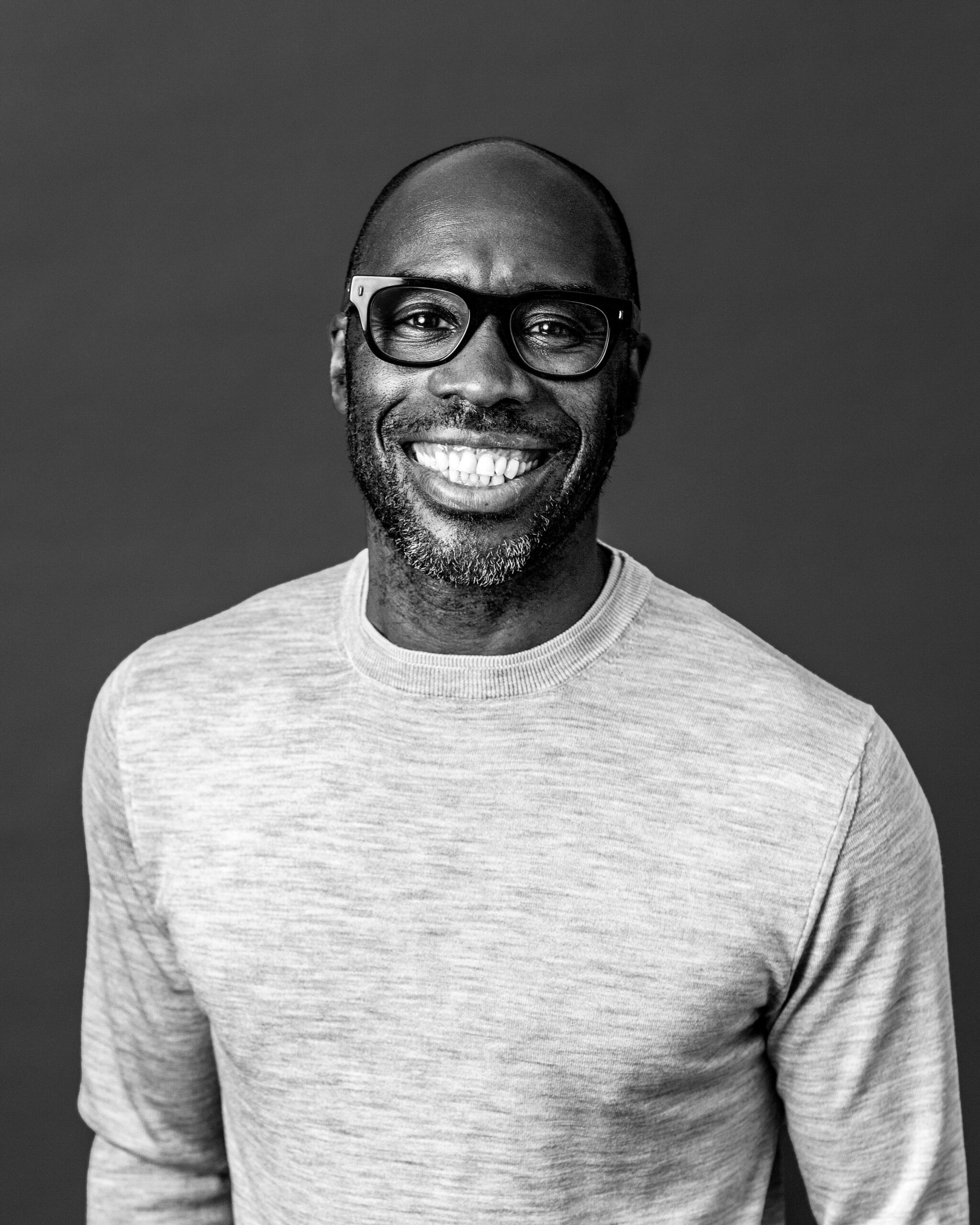Site Series
About Cleve Gibbon

Hey, I’m Cleve and I love technology. A former academic that moved into fintech to build trading platforms for investment banks. 20 years ago I switched to marketing and advertising. I joined a content technology spin-off from the Publicis network that was bought by WPP in 2014. I'm now at Omnicom. These pages chronicle a few of things I've learnt along the way…
My out-of-date cv tells you my past and linked in shares my professional network
Areas of Interest
- agentic (2)
- AI (17)
- automation (12)
- board (1)
- brand (3)
- change (1)
- cms (8)
- content architecture (7)
- content modelling (11)
- content platforms (5)
- content strategy (13)
- creativity (1)
- customer experience (6)
- dam (1)
- design (2)
- digital (8)
- enterprise experience (2)
- experiment (1)
- glossary (2)
- gtd (8)
- innovation (2)
- intelligent (8)
- leadership (1)
- marketing (5)
- news (7)
- owned media (1)
- platforms (5)
- productivity (11)
- standards (2)
- sustainability (3)
- technology (6)
- transformation (3)
- Uncategorized (18)
- work (1)
- workforce (1)
Category Archives: transformation
6D Framework for AI
I’m a big fan of Peter Diamandis’s 6D framework used to describe the exponential growth and impact of emerging technologies. It depicts how technology moves from ’emerging’ to ’emerged’. The rate of technological change starts with digital and moves deceptively … Continue reading
Posted in transformation, technology, innovation, AI
Leave a comment
Intelligent Transformation is Here
As I was clearing out my computer over the Christmas break I stumbled across these images that literally blew my mind. In 1956, it took an army of people, planes, trains, and automobiles to transport 5Mb storage from one location … Continue reading
Posted in transformation
Leave a comment
Are digital transformation partners transforming?
We are living in a digital world. Every organisation is going through a digital transformation today to stay relevant and be competitive. The smartest organisations are not going it alone. They enlist help to fill expertise gaps and bring in … Continue reading
Posted in digital, transformation, change
Leave a comment
